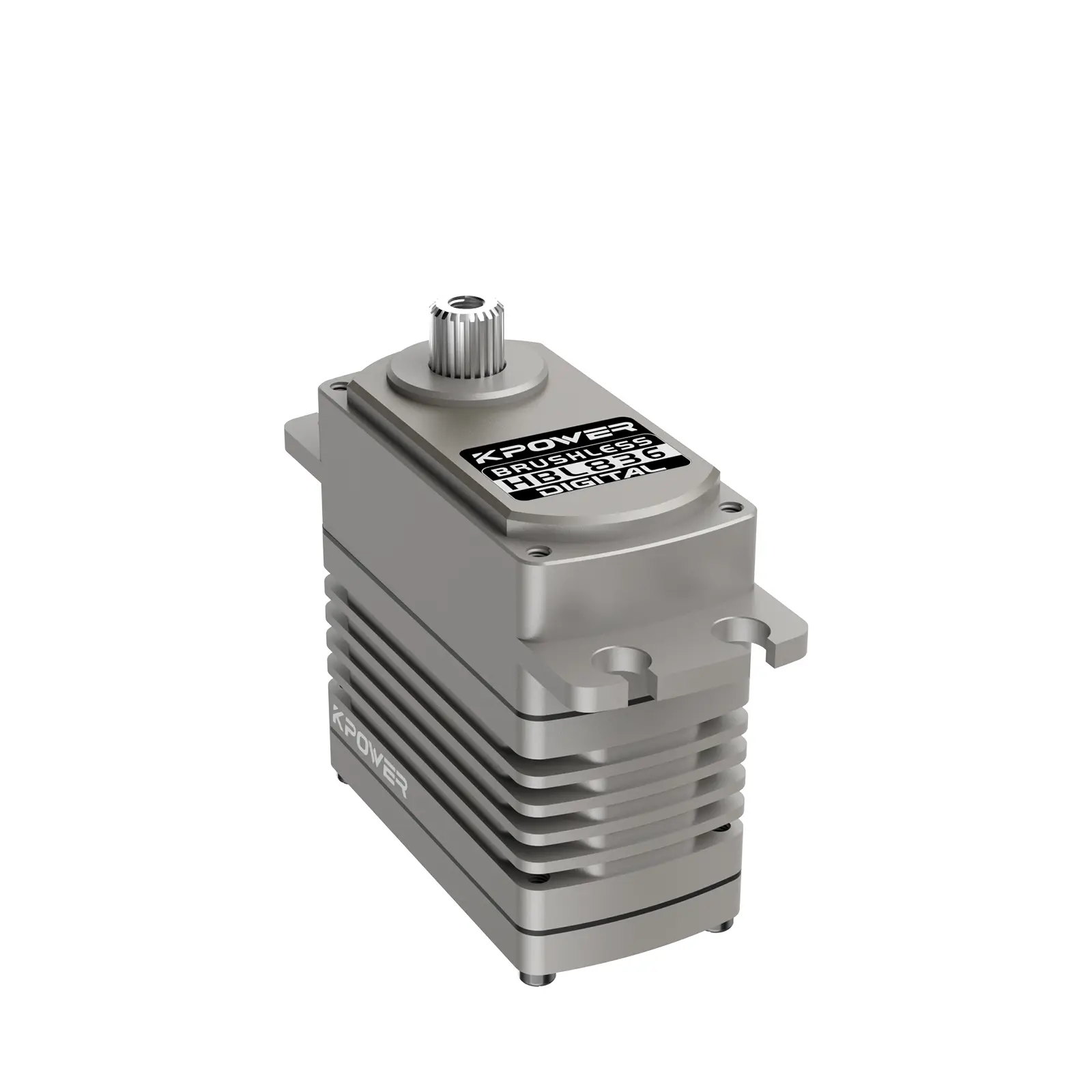Ever wondered how some apps handle thousands of requests without breaking a sweat? Or why certain systems seem to adapt so gracefully when demands suddenly spike? It’s all about architecture choices—specifically, event-driven architecture versus microservices. Let's unpack this without the fluff and see what really makes these concepts tick.

Imagine your favorite e-commerce site. During a flash sale, hundreds of users place orders at the same time. The way that backend handles this surge can make or break the experience. Traditionally, monolithic systems tried to do everything in one package, but that often turned into a sluggish mess when heavy traffic hit. Microservices popped up as a modular approach—breaking the system into smaller, independently deployable chunks. But even then, coordination can get tricky when lots of services need to talk to each other, and latency adds up.
Now, event-driven architecture flips the script. Here, instead of one big chain of commands, components communicate through events—like messages. You sell a product, an event is fired. If one part of your system needs to react—like updating inventory or sending confirmation emails—that's just a subscriber catching the event. This decoupling means your system can handle bursts more smoothly, since each piece listens for what's relevant, instead of waiting in line for a giant request handshake.
Flashback to a banking app. When a large transaction happens, with event-driven setup, notifications, fraud checks, and ledger updates can all happen simultaneously without clogging up the main process. Microservices also offer this flexibility but can get tangled in service dependencies, especially when you need to roll out a quick change across multiple services.
Does this mean one is better? Not exactly. It depends on what’s more critical—speed of response, flexibility, or maintenance. If your system requires real-time reactions, event-driven architecture is a clear winner. For complex environments where services need to be independent but loosely connected, microservices shine. In reality, blending the two—building microservices that are event-driven—often delivers the best of both worlds.
When a client asks, “Will focusing on event-driven architecture speed up our system?” the answer is: it very well might. But it’s not just about speed. It’s about creating a system that’s resilient, scalable, and future-proof.
So, if you’re pondering the next big move for your platform, consider not just today’s needs but tomorrow’s growth. Think about how you want your system to breathe, adapt, and evolve. The choices between event-driven and microservices aren’t just technical—they’re strategic. And understanding their nuances keeps you a step ahead in this fast-moving digital landscape.
Established in 2005, Kpower has been dedicated to a professional compact motion unit manufacturer, headquartered in Dongguan, Guangdong Province, China. Leveraging innovations in modular drive technology, Kpower integrates high-performance motors, precision reducers, and multi-protocol control systems to provide efficient and customized smart drive system solutions. Kpower has delivered professional drive system solutions to over 500 enterprise clients globally with products covering various fields such as Smart Home Systems, Automatic Electronics, Robotics, Precision Agriculture, Drones, and Industrial Automation.




































